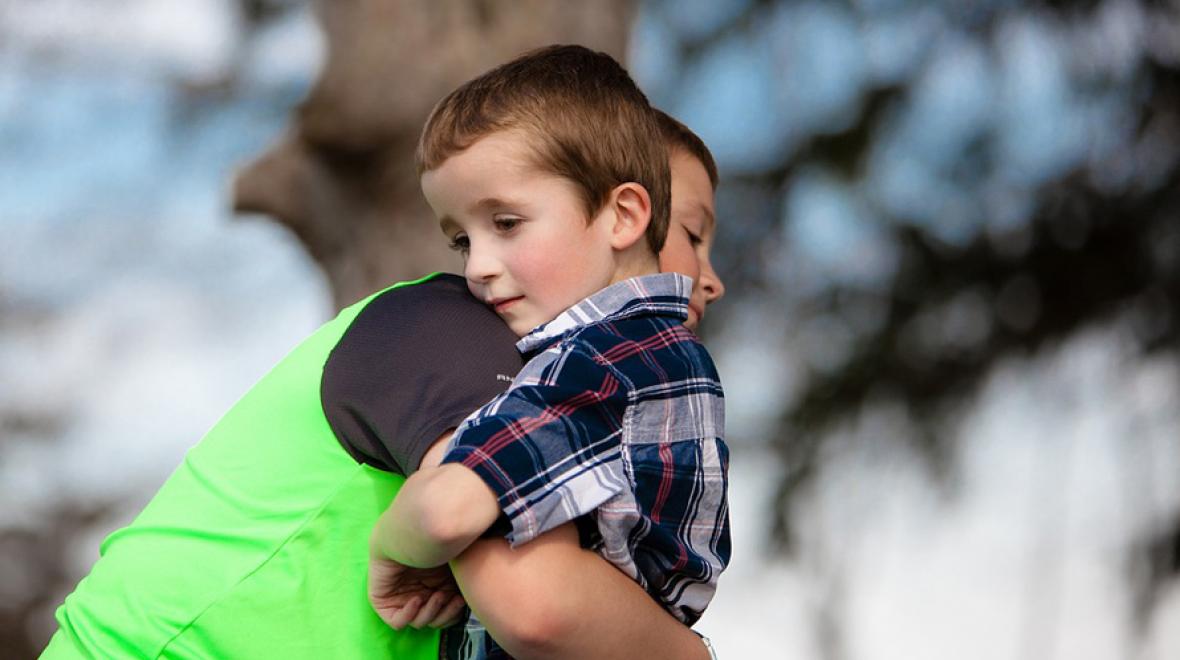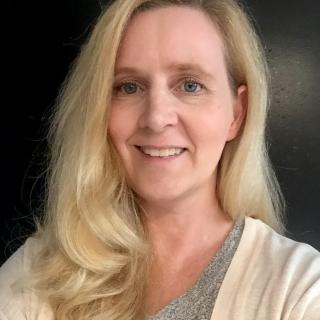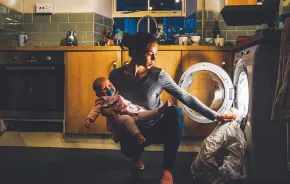
My 7-year-old son Casey does not have a learning disability. He is not, as far as we know, autistic. He does not have ADHD or ADD. He may be gifted, have pathological demand avoidance, be bipolar or have PANDAS (Pediatric Autoimmune Neuropsychiatric Disorders Associated with Streptococcal Infections).
He has sensory issues, which may be sensory processing disorder. He experiences anxiety. He struggles with social-emotional regulation and transitions. He has low frustration tolerance, obsessive compulsions, vocalizations and tics. He has a difficult time with uncertainty, perceived chaos and not being in control. Over the past five years, we’ve gained a lot of insight into our son. What we don’t have is a diagnosis.
From the time Casey started exhibiting episodes of rage at age 2, we’ve been searching for answers. We’re used to operating under the assumption that there is an identifiable problem, and a solution, yet our journey with Casey has, by necessity, morphed from one of “fixing the problem” to one of “understanding and accommodating.”
Casey’s struggles began with a bang. Our youngest and only boy, Casey amazed us with his energy. We were also blindsided by his violent explosions. By his second year at day care, his provider told us she didn’t know what to do for him. I stopped working full-time, and we pulled him out of day care.
Over the past five years, we’ve gained a lot of insight into our son. What we don’t have is a diagnosis.
We tried different things, like gymnastics. Casey didn’t make it all the way into the gym before having a meltdown that took more than six hours to end. When I asked the facility for a refund, its staff said they required a doctor’s note indicating Casey was physically unable to do gymnastics. I couldn’t provide it.
It was the first of many times we were asked for Casey’s diagnosis. Everyone wants to know — family, friends, teachers, administrators, specialists, camp counselors, cashiers, strangers — what does he have?
We are trying to answer that question, but we don’t know. I’ve begun to bristle when I’m asked; I don’t like the feeling that our funny, complex and creative son is seen as nothing more than a diagnosis. People’s decision on how to treat Casey seems to hang there, waiting, until we provide an answer. Autism? Now I understand why he won’t hug me. Asperger’s? I noticed that he was socially awkward. Sensory processing? My niece doesn’t like certain socks, too.
Such stereotyping based on diagnosis is obviously fraught, but this isn’t quite our situation. We don’t have a diagnosis for people to stereotype; what we have are explanations. It’s like being asked what the mechanic fixed on our car. Instead of saying “a cracked head gasket,” we say, “It started acting funny, then white smoke blew out, and we had to pull over.” People look at us strangely and ask again, “OK, but what was the problem?”
By the time Casey turned 6, he had visited a speech therapist, received floor-model occupational therapy (OT), been tested for seizures, had a psychological assessment for giftedness, had his cortisol levels tested, visited a pediatric neurologist, received OT from another therapy center and had been part of a program at the University of Washington (UW).
Meanwhile, we were going through the process for individualized education program (IEP) testing. Every form asked if Casey had a diagnosis. We still didn’t have one. Instead, we had letters from his preschool teachers, occupational therapists, psychologists, the UW and us. In March, every private school we applied to turned us down. The very next month, Casey had his IEP assessment for Seattle Public Schools. It was denied. “A formal diagnosis,” the staff told us, “would have helped him.”
Last year, we enrolled Casey in public school without an IEP. We were anxious; we knew he’d need assistance. But we’d learned a lot about what helped Casey, so we were hopeful. But by December, Casey was spending more time in the office than in the classroom. He was overwhelmed by anxiety. The first week of January, we withdrew him from public school.
Now, when I tell people that we home-school Casey, they often say, “Ah. What does he have?” We don’t know. But we do know one thing Casey has: Us. We’re on this climb together, left dangling without a diagnosis but not falling.
Read the full collection
|











